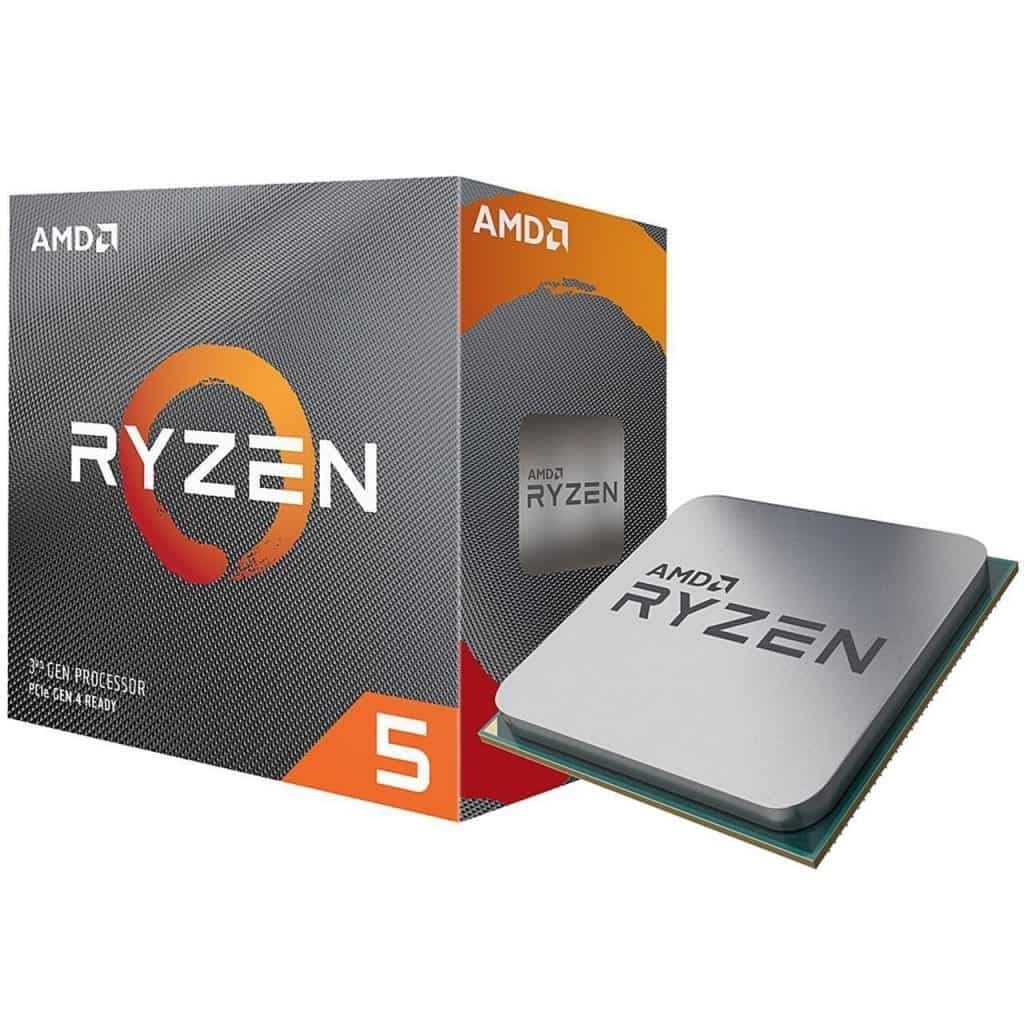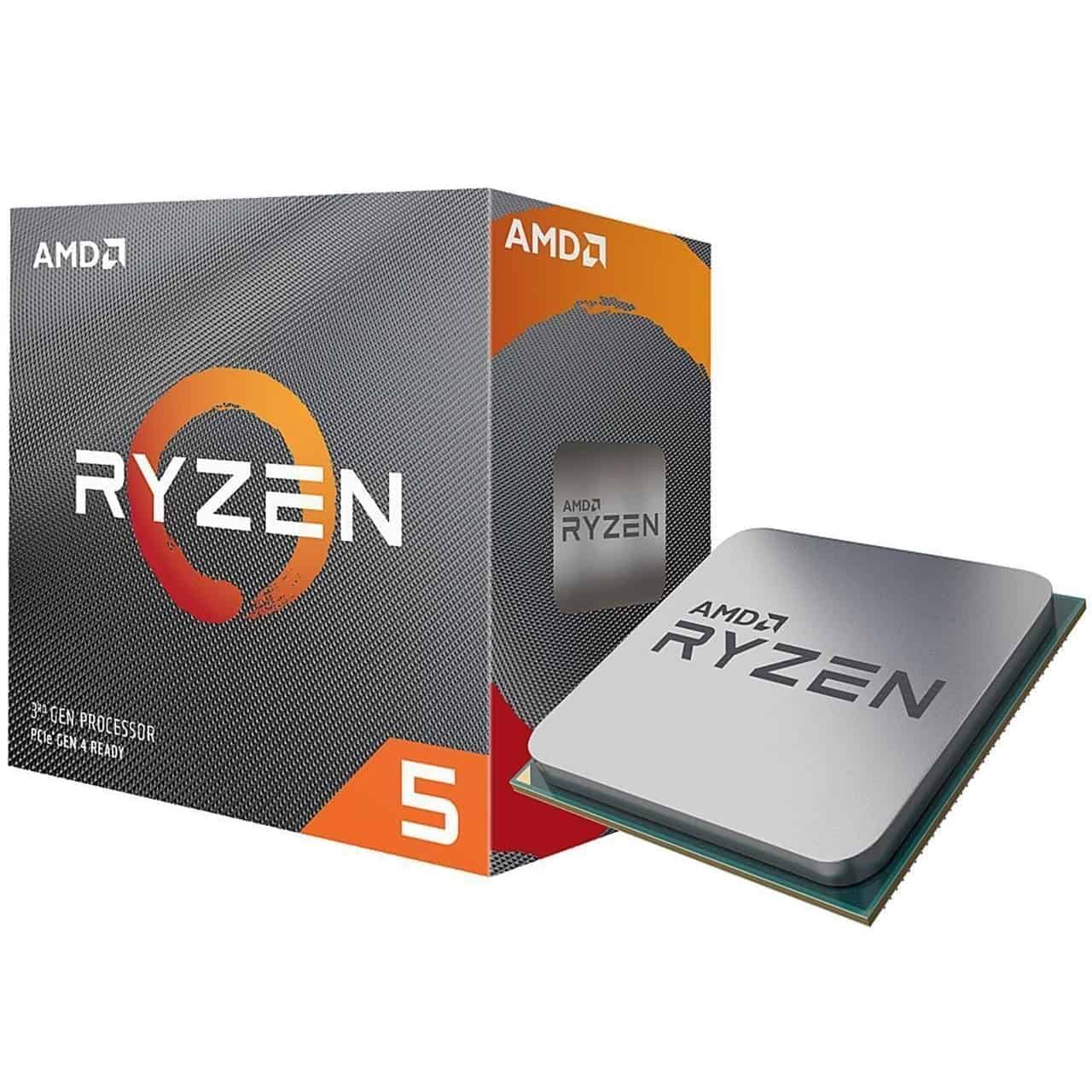Table of Contents
amazon AMD Ryzen 5 5600G reviews
In the past two years, when the pandemic led to an increase in the demand for electronic devices, the increase in the value of cryptocurrencies and the semiconductor chip crisis made gamers on the PC system in trouble because a lot of video cards are “thrown away”, and the stores are always short of goods to sell, or if there are goods, the price is also at an extremely high level of most users.
So when there is a need to install their new rigs, some gamers have to pity “hunt” for GTX 1050 Ti or even GTX 1030 video cards that are “aged” on the market today to … temporary use.
But instead of choosing an old model of video card that can “fail” at any time, why not choose a new generation APU model of the AMD Ryzen 5000 G-Series series with a powerful integrated graphics solution for your gaming rig while you wait for the price of graphics cards to become more affordable.
More than a year ago, Biareview’s hardware testing team had the opportunity to introduce to readers the AMD Ryzen 5 3400G APU model as the “heart” of a cheap gaming PC system but came to the AMD Ryzen 5 5600G, you can easily see that the “red team” has changed the product naming to “implicate” that now the APUs have been “elevated” to almost the same level as AMD Ryzen 5 5600x processor models is now on the market.
Indeed, the parameters of these two processor models are quite similar, possessing the same Zen 3 architecture, with 6 cores and 12 threads, the default clock level of the APU version is slightly higher, reaching 3.9GHz compared to the default of only 3.6GHz on the CPU version.
The biggest difference is that the AMD Ryzen 5 5600G only has 16MB of L3 cache while the AMD Ryzen 5 5600x version has up to 32MB.
With only half of the L3 cache, surely the processing power of the APU version will be more or less inferior to the mid-range CPU seniors released last year.
Besides, with a TDP design temperature of only 65W, both processor models are capable of working with the AMD Wraith Stealth cooling fan included in the CPU box, however, users can use the models’ Current new generation AIO water cooling so that the processor can maintain Boost pulse for a long time.
In fact, with L3 memory cut in half, the AMD Ryzen 5 5600G results in a loss of its counterpart by 10% to 20% depending on the test.
This result is extremely positive for a mid-range APU model with the power to surpass even the Intel Core i5 10600K or AMD Ryzen 5 3600XT version released last year.
It must be known that from the time it was first introduced in 2011 until the previous generation, APUs have always been oriented by AMD to become a general-purpose processor model for general users, requiring a simple, cheap system.
So these test results are very surprised when the new generation mid-range APU model is enough for users to use with professional work programs, or pair with “heavy” graphics cards like AMD RX 6800 or even AMD RX 6800 XT to play AAA games without bottlenecks.
Besides, the factor that makes APUs attractive does not come from the main processing power, but mostly from integrated graphics solutions.
Surprisingly, the AMD Ryzen 5 5600G is only equipped with the RX Vega 7 integrated graphics solution with 7 processor cores, 4 cores less than the RX Vega 11 solution equipped on the previous AMD Ryzen 5 3400G.
However, AMD still ensures that the graphics power of the new APU model is stronger thanks to advances in memory exploitation as well as optimization of the architecture that helps push the speed from 1400MHz to 1900MHz.
Indeed, with the 3DMark FireStrike test, the system achieved a score of 3,935, an increase of nearly 19% compared to 3,311 on the previous generation AMD Ryzen 5 3400G.
This power is quite impressive with an integrated graphics solution, which can help players try out most of today’s heavy games with the right settings.
More specifically, when tested with the Borderlands 3 game with the lowest setting at 1080p resolution, the system ran quite stable and smooth when it averaged about 38fps, which significantly increased compared to the “dangerous” level of 28fps when tested on the previous generation mid-range APU model.
With the recently released blockbuster Resident Evil Village, you can even push some settings like texture to medium but the system still achieves stable playability at medium speed 36fps at 1080p resolution.
Or like the crazy action game, DOOM Eternal can still run stably at the lowest setting and 1080p resolution with an average of 31fps in the monster segments.
However, with some really “hard” games like Horizon Zero Dawn or Shadow of the Tomb Raider, players need to lower the resolution to 1600×900 to be able to average game speeds above 30fps at the level lowest image setting.
As for eSports games that require lighter configurations such as League of Legends or Counter-Strike: Global Offensive, you can completely play these games smoothly at high settings and 1080p resolution without any problems.
At the current time, the AMD Ryzen 5 5600G APU model can completely satisfy you both in terms of processing power and the power of the integrated graphics solution. At least enough for you to “hold out” for a long time before the price of video cards becomes more reasonable.
Powerful, “waste little” power, but the AMD Ryzen 5 5600G has a few issues that you need to consider before deciding to “lower money” for this unique APU model.
First, despite possessing an advanced Zen 3 processor architecture, similar to the AMD Ryzen 5000 Series processor models on the market today, this APU model only has the old PCIe 3.0 connection standard. carefully.
This certainly makes it difficult for AMD’s newly launched mid-range graphics cards such as AMD RX 6600 and AMD RX 6600 XT when these two graphics cards only use 8 PCIe lanes, potentially congested information in games that require large amounts of surface texture data.
The second factor comes from AMD’s “pricing” for this product model, a difference of only about 10% compared to the more powerful AMD Ryzen 5 5600x version, which is quite small by comparison processing power between the two versions.

